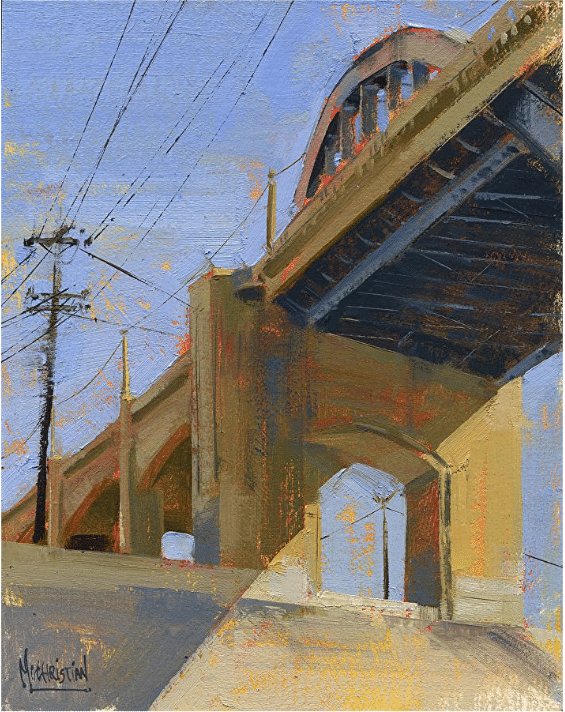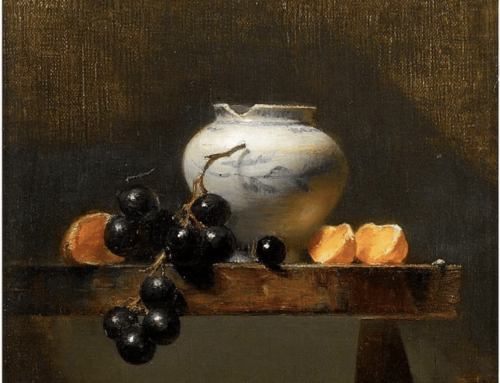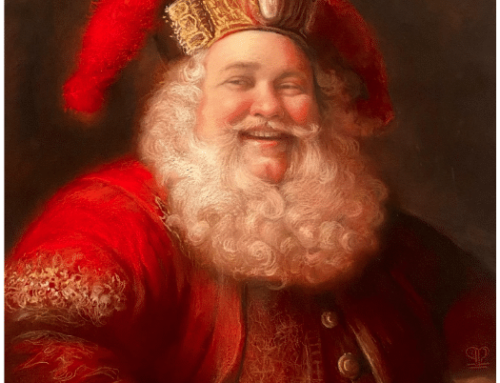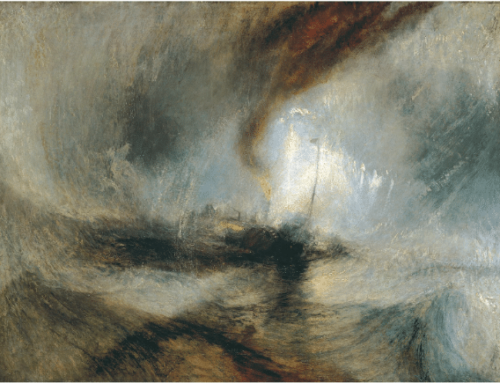Here’s a plein air strategy to help make the overwhelm manageable: Start with feeling – and then immediately think DESIGN.
If you’ve never attended PACE before, if you’ve never painted outside before – the thing most beginners find hardest, that blindsides them and trips them up the most? Getting from chaos to composition.
Composition: Simple word, very tricky thing, and it’ll sink a painting faster than anything else (color and value included). It might be the last culprit you’d think of because it has nothing to do with accurately painting what you’re looking at. Nature doesn’t arrange itself into beautiful compositions. It just gives us TMI (too much information). You have to find a composition in nature, and that really means you have to impose and create it.
It’s just the nature of nature. Cure, color mixing is tough at first, but it gets easier and intuitive with practice. Arguably the most challenging thing about plein air painting for beginners is imposing order on nature’s overwhelming chaos. And it’s the one aspect of plein air that isn’t the least bit intuitive. It’s learned from looking at other paintings.
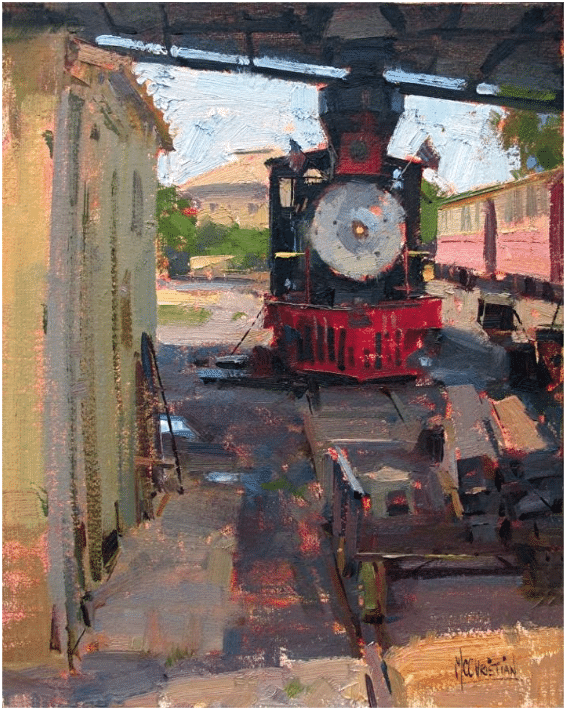
Jennifer McChristian, Sugar Cane Train, oil, 10 x 8 in.
Before you go, give yourself a crash course in composition.
So, the best thing you can do for yourself as a newbie is to figure out good composition. For this, you can memorize academic principles, but it’s better to study, generalize, and internalize some basic guidelines for compositions that “work.” A great way to go is thumbnail sketches.
Here’s how. Pick out a few plein air paintings with strong compositions and make rough sketches to figure out exactly what makes them strong. Don’t worry about making a perfect miniature copy of the painting – use the thumbnail sketch to explore what are the big shapes and the major lines (the edges of the shapes) and the values doing, and see how they relate to 1. the four sides of the painting and 2. to each other (in that order).
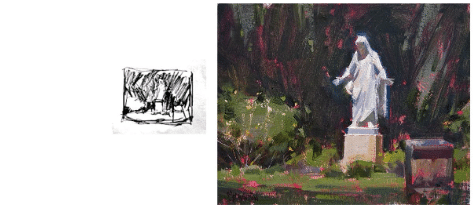
Jennifer McChristian, The Sage, 8 x 10 oil with thumbnail sketch next to it.
Ask “where does my eye go in this painting?”
Instead of drawing a thumbnail, if you’re comfortable using graphics software you can copy and paste the model painting into it. Then, based on how you think the eye moves through the painting, use the “draw” or “paint” tool to create a Tactical Diagrammatic Flow Map, or TDFM (that’s official “painterspeak” terminology right there, you know – I totally didn’t just make it up for fun! 😉
Here’s a good plein air painting with a strong composition. It’s a 10 x 8 in. oil on panel plein air by Jennifer McChristian titled “Vineyard Path”
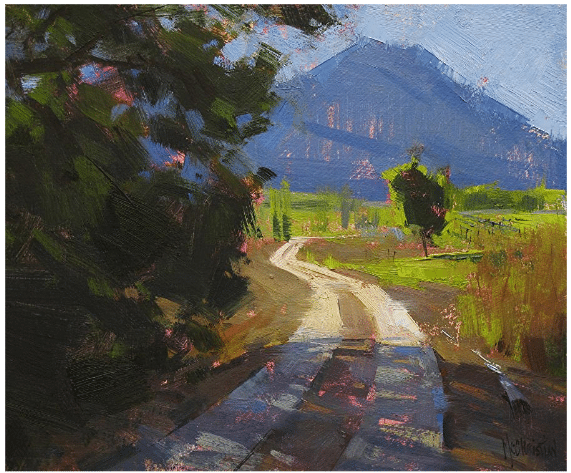
Jennifer McChristian, Vineyard Path, oil, 8 x 10 in.
And here’s my TDFM:
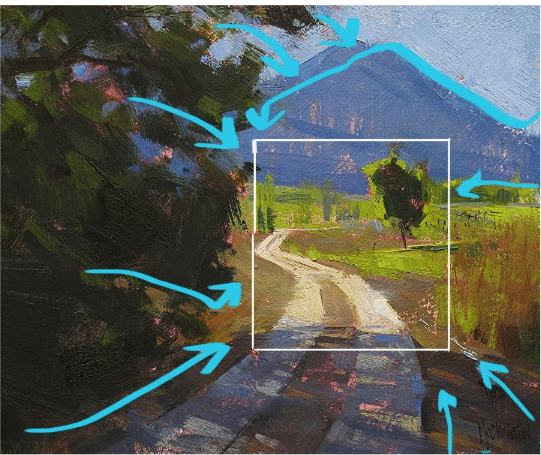
I’ve simply tracked (blue arrows) how I think the “lines” (by which I mostly mean the edges of the big shapes) “move the eye” in relation to each other, which as we know is at the root of good design and composition. I’ve also identified the motif (white rectangle) – it’s the way the light falls across the path in the middleground in counterpoint to the angular shadows that enliven the foreground, and the way it illuminates and outlines the foliage of the middleground tree.
Today’s featured artist is California artist Jennifer McChristian. Her video on simplifying complex scenes into approachable plein air compositions is called Painting with Style. Check it out here.
Jennifer is one of the 80+ artists teaching this week at PACE – the Plein Air Convention and Expo. Learn more about PACE right here.

